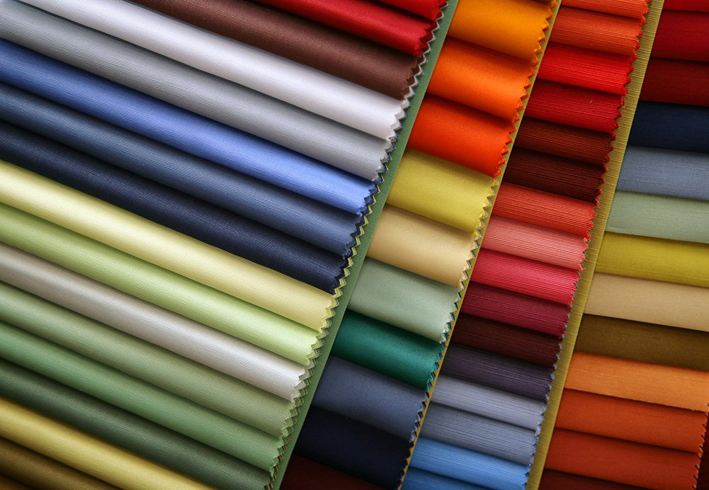About fabric
Proper care is essential for maintaining fabrics in the best possible condition and ensuring the longevity of your fabric.
Various factors determine the life expectancy of your fabric: colour, weight, fibre content etc. Due to these variables, some fabrics may require specific cleaning solutions or procedures. All furnishing fabrics are provided with a Fabric Care Label to advise correct and suitable care instructions for your fabric. Your Care Label will be located on the furniture by a hang-tag or label sewn under the seat cushion or flounce or given to you by your furniture retailer. Always refer to your Fabric Care Label before attempting ANY cleaning.
General Care:
When arranging your furniture, care should be taken to avoid touching external walls or heat sources to prevent problems of moisture build up and/or heat damage. Take care to prevent sharp objects such as rings, buckles and pets’ claws from coming into contact with your furniture, as this may cause snagging or tearing of the fabric.The fabric should be vacuumed regularly (weekly) using low suction and a soft upholstery attachment. Rotate reversible cushions regularly. Protect from direct sunlight.
Do not remove cushion covers for separate cleaning or washing, even though they may have zippers. Do not wet filling. Do not scrub with stiff or harsh brushes.
If the event of an accidental spill, use the products provided in the Studio Fabrics Care Kit (refer to the instructions provided on the products).
Fabric characteristics, care and maintenance information:
General Precaution:
Ensure the fabric is used in accordance with the performance rating and care instructions given at the point of sale.
Colour fastness:
It is important to note that no fabric is 100% colour fast and that it is impossible to prevent colours fading if adequate precautions are not taken in the home.
Fading:
Colours with which the fabrics are dyed, particularly bright colours, will be susceptible to light fading depending on the degree of exposure. Constant exposure to the direct rays of the sun will break down fabric fibres, causing them to become brittle and resulting in the affected area breaking when cleaned.
Dye lot Variations:
Dye lot Variations may be evident between the sample viewed at the time of purchase and the fabric supplied. Please also note that if ordering additional furniture at a later date, in the same fabric, there may be dye lot variations to the original fabric.
Wear and Tear:
Turn loose cushions regularly for equal wear. Fixed cushions should be patted into shape regularly. Filling materials will soften and flatten, as will fabric to some extent with use and adopt the body shape of the user. Dependant on the type and extend of use, in time fabric covers may develop comfort creases. This in no way affects the quality of the fabric and is simply an indication of use.
Oxidation:
Fumes from chimneys, auto exhausts, open fires, gas fires, stoves, or wherever combustion is present, produce a sulphur compound which when combined with humidity and oxygen in the air produce a mild sulphuric acid. This matter is absorbed by or clings to the furnishing fabric and contributes to discolouration and deterioration of the fabric.
Pilling:
Can occur occasionally as a result of normal daily wear and should not be considered as a fault. Pilling can be successfully removed with battery operated pilling tools available from most haberdashery stores. ‘De-pilling’ only removes unsightly loose surface fibres and does not affect fabric performance.
Yellowing:
Fumes and atmosphere in any room where tobacco is smoked will cause a yellow/brown stain on most fabrics. This is a particular problem in fabrics with a white or light background.
Viscose Rayon fabrics
Viscose Rayon displays a surface character that may appear shaded in some areas. This is a normal characteristic of Viscose Rayon and should be purchased with this consideration in mind.
Chenille Yarn Fabrics:
Fabrics using chenille yarn constructions will behave like most pile or napped fabrics, i.e. the orientation of the chenille fibres will be disrupted when sat upon, resulting in an apparently different shade developing in the contact areas. The pile of the fabric may flatten over time with use. These are inherent characteristics and should not be considered as defects.
Velvets:
Velvet fabrics are prone to bruising and pile loss over time, especially on high wear areas. These are inherent characteristics and should not be considered as defects.

